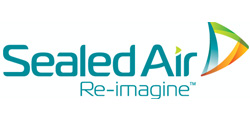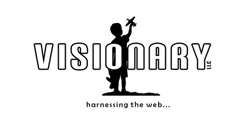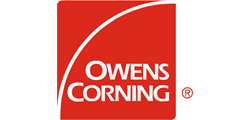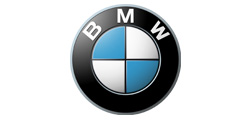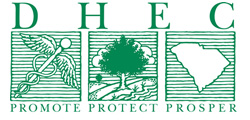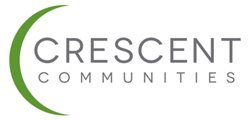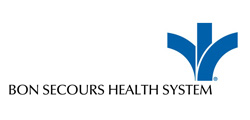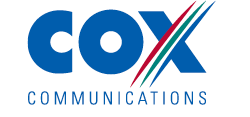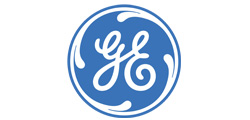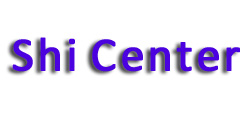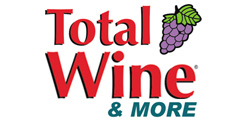Making good decisions on the job is not easy. When faced with a challenge, individuals run quickly to solve those challenges without stopping to give deep thought. This leads to errors. But there is a better way.
Critical thinking allows an employee to make better decisions because the process teaches individuals to assess problems from different viewpoints and use facts instead of feelings. It develops foundational skills of logical reasoning and the analysis of meaningful options. Critical thinking also builds skills that allow workers to identify issues that are disguised from view and enable individuals to construct unique solutions.
Critical thinking also allows individuals to avoid common traps that cause poor decisions. In a moment of being pressured to act (when other solutions are ready), critical thinkers seek out more time until it is considered appropriate to act, weighing out options that are considered concerns and what the possibilities might be. Critical thinking will lend itself to better and sounder choices, good value decisions for both the worker and the business.
The Role of Critical Thinking in Workplace Decision-Making
Critical thinking serves as the foundation for effective decision-making in today’s complex workplace environments. It enables professionals to analyze situations carefully, consider multiple perspectives, and arrive at well-reasoned conclusions that benefit their organizations.
What Is Critical Thinking and Why Does It Matter?
Critical thinking is the ability to objectively analyze information and form reasoned judgments. It involves questioning assumptions, evaluating evidence, and considering alternative viewpoints before reaching conclusions.
In the workplace, critical thinking matters because decisions rarely have simple solutions. Employees who think critically can navigate complex problems with clarity and precision.
Critical thinking skills include:
- Analysis: Breaking down complex information into manageable parts
- Evaluation: Assessing the credibility and relevance of information
- Inference: Drawing logical conclusions based on evidence
- Problem recognition: Identifying the true nature of challenges
Organizations value these skills because they lead to better outcomes. When team members think critically, they make fewer mistakes and find more innovative solutions to workplace challenges.
How Critical Thinking Skills Strengthen Problem-Solving
Critical thinking and problem-solving work hand in hand in the workplace. Critical thinkers approach problems methodically rather than jumping to quick fixes.
They begin by clearly defining the problem, gathering relevant information, and considering multiple solutions. This thorough approach helps prevent addressing symptoms rather than root causes.
Critical thinkers also consider the long-term implications of potential solutions. They ask questions like “What might happen if we implement this solution?” and “Are there unintended consequences we should consider?”
Teams with strong critical thinking skills collaborate more effectively during problem-solving. They build on each other’s ideas and constructively challenge assumptions, leading to more robust solutions.
Reducing Cognitive Biases in the Decision-Making Process
Cognitive biases are mental shortcuts that can distort our thinking and lead to poor decisions. Critical thinking helps identify and reduce these biases.
Common workplace biases include:
- Confirmation bias: Favoring information that confirms existing beliefs
- Anchoring bias: Relying too heavily on the first piece of information encountered
- Groupthink: Prioritizing consensus over critical evaluation
Critical thinkers recognize when these biases might be influencing decisions. They intentionally seek out contradictory evidence and alternative perspectives.
They also create decision-making processes that minimize bias. This might include using standardized evaluation criteria or inviting input from diverse team members with different viewpoints.
By reflecting on all the prior assumptions surrounding their target audience, and considering how consumer behaviour has changed, they were aware of a market segment that had in previous marketing campaigns been overlooked. Informed by this insight, the marketing team achieved a 30% uplift in conversion rates.
As a reference point to a production environment, one supervisor applied critical thinking to help manage a long-standing quality problem. Rather than considering her employees as the culprits for someone else’s low work standard, she reviewed the entire production process and realised not long after the whole reason was a calibration issue on one of the machines on her production line.
With another example regarding financial departments, one organisation reflected on an investment recommendation they largely disagreed with, spent a large amount of time going over market data and dismissively mocking accepted interpretations of preferred outcomes and recommendations as being too optimistic as opposed to critical thinking.
The instances above provide examples that critical thinking can deal with structural issues in National Industry, and also present an informed choice that has business ramifications.
Developing and Employing Critical Thinking Skills in the Work Environment
Critical thinking will take practice and intentionality in order for to develop critical thinking skills that can be enacted. Critical thinking can involve employees at any level within the organisation undertaking specific tasks that will promote critical thinking, to provide an avenue to develop and use it ad hoc on the job.
Cultivating Curiosity and Creativity in Teams
Teams thrive when curiosity is encouraged. Managers can create safe spaces where asking “why” and “what if” becomes normal practice. This helps challenge assumptions that might limit innovative solutions.
Creative thinking exercises during meetings can boost critical thinking. For example, team members might spend 10 minutes brainstorming unusual solutions to common problems.
Employers who reward thoughtful questioning see better results than those who demand blind compliance. When senior management demonstrates curiosity, it filters down through the organization.
Team Activities to Boost Critical Thinking:
- Role-playing exercises that require analyzing different perspectives
- Collaborative problem-solving challenges
- Regular “assumption testing” sessions where teams identify and question workplace assumptions
The Importance of Research and Open-Ended Questions
Good decisions rely on solid information. Professionals should develop research habits that include checking multiple sources before drawing conclusions.
Open-ended questions drive deeper thinking than yes/no inquiries. Questions like “What factors might we be overlooking?” or “How might this decision look different in six months?” encourage thorough analysis.
Legal professionals and executives particularly benefit from research skills. Their decisions often impact many people and carry significant consequences.
Effective Question Types:
- Clarifying: “What evidence supports this claim?”
- Probing assumptions: “Why do we believe this approach will work?”
- Perspective-seeking: “How would our competitors view this decision?”
- Consequence-exploring: “What might be the unintended results?”
Overcoming Misinformation and Continuous Learning
In the modern information landscape, it is critical to be able to critically evaluate information. Employees need to build the skills to examine source credibility and identify logical fallacies in arguments.
Ongoing continuous and informal learning will continue to support critical thinking development. Organizations that foster a culture of continuous learning have a greater ability to stimulate cognitive function within workgroups to keep employees fresh and flexible to do their jobs effectively.
Business decisions propitiated on evaluated information you consciously pull together are better decisions than acting on the first piece of information presented to you or what teachers, family or popular opinion thinks.
Some companies are developing “information literacy” programs that encourage employees to….
- Be skeptical of misleading statistics
- Be aware of emotional manipulation in marketing messages
- Verify information with at least three credible sources
- Recognize the difference between correlation and causation
Critical Thinking Assessment and Professional Development Strategies
Organizations can measure critical thinking skills through various assessment tools. These help identify strengths and growth areas for individual employees.
Professional development plans should include specific critical thinking goals. For example, a team member might focus on improving their ability to consider alternative perspectives.
Performance reviews that include critical thinking metrics tend to drive improvement in this area.
Development Approaches:
- Structured critical thinking workshops
- Mentoring relationships with strong critical thinkers
- Regular case studies that require analytical problem-solving
- Feedback sessions focused on decision-making processes rather than just outcomes
Critical thinking improvement shows in better workplace decisions and more innovative solutions to complex problems.




